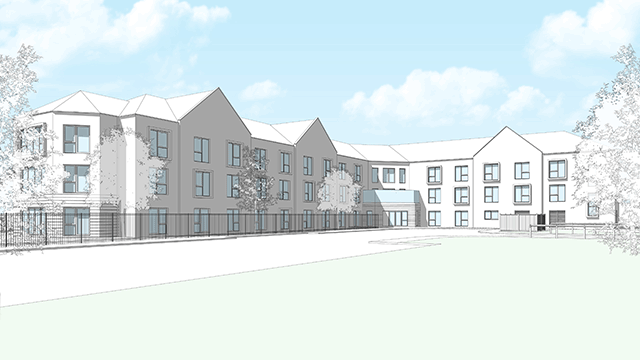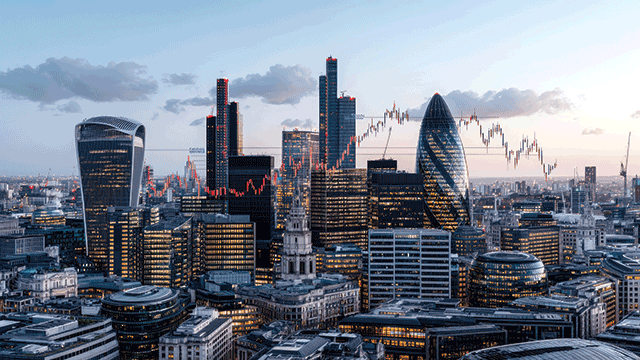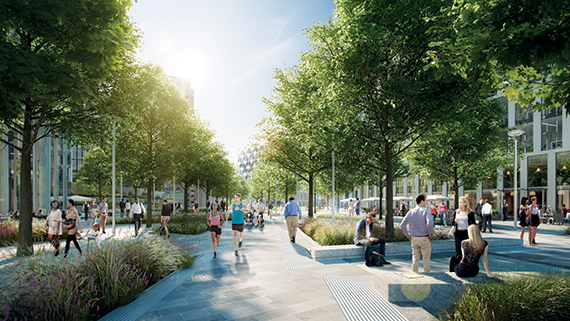 Placemaking. It sounds like architect-speak, ephemeral marketing spiel. A buzzword that sounds good but few properly understand. There may be some truth in that, but there are plenty in the property industry taking the concept very seriously.
Placemaking. It sounds like architect-speak, ephemeral marketing spiel. A buzzword that sounds good but few properly understand. There may be some truth in that, but there are plenty in the property industry taking the concept very seriously.
As a term, it has been around longer than you might think. It first came into use in America in the 1960s and in some shape or form it has been around since. London is littered with great examples of successful “places” – from Soho to Petticoat Lane – all are a magnet for people and businesses, and that is what is making it increasingly important for the property industry.
Retail and leisure operators want to be where there is footfall, and footfall comes when there is a great retail and leisure offer. Office occupiers are increasingly competing to recruit and retain talent and want to be in an area where their staff want to work
Charlie Hart, head of City and East residential development at Knight Frank, explains: “The historical perception is of location, location, location, but the product is becoming more of an influence on price and that product includes placemaking.”
Steve Whyman, chief executive of Broadgate Estates, agrees: “If we have got a building that is well thought through and part of the community – permeable, as the architects would say – then people want to be there, they want to work there, they want to visit there and therefore you should see continuation of rental growth.”
A recent example of this is Shoreditch, where office rents have increased from £18 per sq ft to £45 per sq ft. “It is nothing to do with individual buildings, it has to do with the changing place,” says Mat Oakley, head of commercial research at Savills.
“Great places attract a premium or let more quickly. Poor-quality places often have higher vacancy and lower rents,” adds First Base chief executive Elliot Lipton.
So how do you “placemake”?
Public realm is something that comes up time and again. Mat Lown, a partner at Tuffin Ferraby Taylor, cites Regents Place as a good example where a potentially sterile environment has been enlivened with public art and events. It draws people to the area, extending trade for retail and leisure operators.
The mix of operators is important and increasingly that means independent businesses. “It encourages footfall and encourages people to visit for a certain operator,” says Lown.
This requires landlords to take a more pragmatic approach on rental income and covenant. On an office-led mixed-use scheme, retail and leisure probably only makes up a small percentage of overall income, but they can bring benefits to the wider development to compensate.
For those with one or two individual buildings, influencing the look and mix of retail and leisure in the wider area is trickier but certainly not impossible, with things such as BIDs. The owners of The Shard are an example of a landlord that takes a vested interest in the wider area (see box).
The Shard is its own people-magnet, with its View From tourist attraction, and so is the neighbouring Borough Market, but creating a place from scratch is more of a challenge. Canary Wharf took many years to reach a point of critical mass and become not only an office, but a shopping and leisure destination.
It is a challenge that Lipton has faced before, with projects such as the East Village in Stratford and now Silvertown Quays in East London.
Silvertown, a £3.5bn, 62-acre regeneration project at the Royal Docks, received planning permission earlier this year for 3,000 homes and 5m sq ft of commercial and brand space.
“You have to create a critical mass from day one, so you have to deliver enough scale to make a destination,” says Lipton. This involves everything from curating the café/restaurant space, to estate management to events and an enlivenment programme.
But there is neither a one-size-fits-all approach nor a firm end point.
“It is active engagement and you have to work at it on a continual basis. Value comes in multiple dimensions,” says Whyman. “There is no formulaic approach. Each place has to have authenticity and we build from that.”
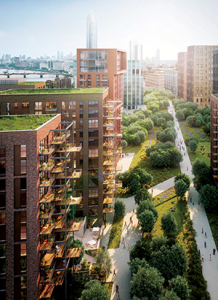 Battersea Nine Elms
Battersea Nine Elms
Battersea Nine Elms is a 482 acre residential-led mixed-use regeneration project in multiple ownership. It was previously occupied by industrial uses and has a railway line running through it.
What it has in its favour is the iconic Battersea Power Station but the task for the two London boroughs – Wandsworth and Lambeth – across which the area stretches is to build a place from the ground up.
Scale of development is not a problem. There are too many cranes to count already on the skyline – mostly residential at this stage, with the new US embassy the biggest exception.
“It is a huge site. The power station is an incredible structure and is world renowned, but there are lots of towers that sit on small plots with limited scope for placemaking in isolation. It is whether or not they work together,” says Charlie Hart, head of City and East residential development at Knight Frank.
It is something of which Wandsworth council leader Ravi Govindia is mindful. The site will have much improved connectivity when the Northern Line extension opens in 2020, together with road calming and better links through the site to the Thames. But as Govindia says: “What are we connecting people to this place for?”
The skyline of residential towers dominates perception of the area, but it is ground level activity which will determine if it succeeds in its ambitions to become a new district. Residents alone will not sustain cafés, restaurants and shops, the area needs to draw in a wider range of people, from visitors to business workers.
Art and culture is at the forefront. The Royal College of Art will have workshop space at Berkeley’s Riverlight scheme, for example, which has been paid for out of a “culture fund” and artwork throughout the scheme will be supplied by the students. At the Vauxhall end of the regeneration area, Damien Hirst is to open a gallery, together with a restaurant and café.
Office occupiers will need to be attracted, which is always a challenge at new locations. At Battersea Power Station alone 1.25m sq ft of office space is planned.
A landholders’ group has been set up to create a cohesive vision for the wider area. St James Group chairman Sean Ellis says it is challenging to decide who is responsible for what, who pays for upkeep and even agreeing on how repairs should be carried out.
“You can’t plan at the end, but I am confident we can do it because we have done it before,” he says.
Govindia adds: “There are huge reputations at risk, these are major architects and developers and no one is going to play fast and loose with reputation.”
Measuring success
The property industry likes statistics and measurement and there are several different approaches to how you can measure the success of placemaking.
Broadgate Estates independently surveys its occupiers and has begun tracking dwell times and footfall. Chief executive Steve Whyman, says it consults more and increasingly uses social media.
At The Shard, the staff retention rate is monitored – at present it is 87%, which is above the national average.
Berkeley Group, which is involved in large residential-led regeneration schemes across the capital, takes it to another level. Using the government’s happiness index as a starting point, it has created its own social sustainability framework and regularly surveys residents and tenants on a number of issues, from the physical environment to things such as well-being, community voice and feelings of safety.
The framework enables Berkeley to detect any areas that need improving. It benchmarks its schemes against each other, plus the London and UK averages, to see how they are performing.
There is a cruder measure – how house prices and values compare to the existing market – but that just makes it more important to ensure placemaking goes beyond the boundary of the scheme. No one wants to live in a nice flat in an area that is scruffy or feels unsafe.
It is the first thing people generally comment on. Taking Berkeley’s Royal Arsenal project in south-east London as an example, Charlie Hart, head of City and East residential development at Knight Frank, says: “When people go down there and look around, they say ‘this is a really nice place’, their attention is on the area outside the home.”
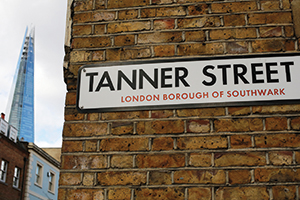 The Shard keeps it local
The Shard keeps it local
Staff at The Shard, SE1, wear uniforms made locally. The refreshments for in-house meetings come from a local deli and chefs at the five-star Shangri-la hotel which occupies part of the building source some of the produce for their restaurant from the neighbouring Borough Market.
Tenants in the Renzo Piano-designed tower also get a “Shard card”, which gives them discounts and offers with local businesses.
Why? It is all part of the placemaking philosophy, an interest not just in the building but in the area outside the front door. “It isn’t just about what a building looks like from the inside, but also from the outside,” says James Goldsmith, director of leasing at Real Estate Management, which manages The Shard.
A vibrant local area is part of the draw for potential occupiers and sourcing goods and services locally supports that.
“It is about sustaining long-term value for your development. I never get asked what type of air con there is in the building, but I do get asked about the community and local pubs.”
He says potential occupiers looking at the final floors of vacant office space in the tower are all from the West End, but they are also looking at Victoria or Stratford: “At most viewings, when we get serious it is the HR directors who come along.”
Goldsmith says staff retention is probably the best measure of success for placemaking, and that runs at 87% – above the national average of around 85%. Achieving a record £90-plus per sq ft office rent on a recent letting must also be good indicator.
What is placemaking?
Four property experts give their definitions:
“Context and individuality… The appearance of a place, particularly the public realm.”
Mat Lown, partner and head of sustainability, Tuffin Ferraby Taylor
“It’s about the culture and experience and identity of the place, less about the physical form.”
James Goldsmith, REM
“It’s all about the people. Fundamentally the people make the place rather than anything else. So, day in day out, at a practical level, it is bringing the place to life.”
Steve Whyman, Broadgate Estates
“It’s about creating spaces between the buildings and creating activity at the ground floor that creates the dynamic of a location.”
Elliot Lipton, First Base




